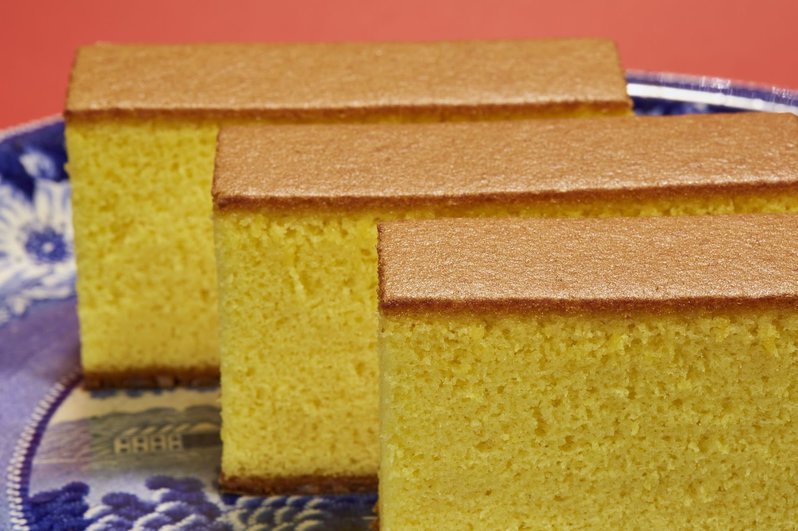Japan is known for its fair share of delightful and unique desserts. However, the country has also taken some famous western-style sweets and modified them to local culture and tastes, allowing these desserts to enjoy a resurgence internationally and creating their own unique spin. Curious to know what they are? Here are some of our favourite western-style desserts that Japan has made their own.
Castella / Kasutera

Castella is usually served as a neat rectangular block (Photo from © JNTO)
Castella is a simple rectangular sponge cake made out of just flour, sugar, and eggs. While it is recognised as a Nagasaki speciality today, this cake was actually introduced to Japan by Portugese missionaries in the 16th century as a derivation of a Portugese pastry known as Pão de Ló. The name Castella is believed to be a mishearing of ‘Castile’, an old state made up of land found in modern day Spain.
Typical Castella is a neatly sliced yellow rectangular block with a browned top crust and sugar crystals in the base. But these days you can get reinvented Castella with flavours like matcha and chocolate as well. Well-known Castella brands to check out include the storied Fukusaya which first opened in 1624 or Bunmeido with over 130 stores throughout Japan.


.jpg)
